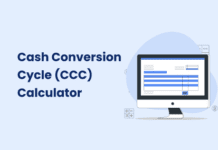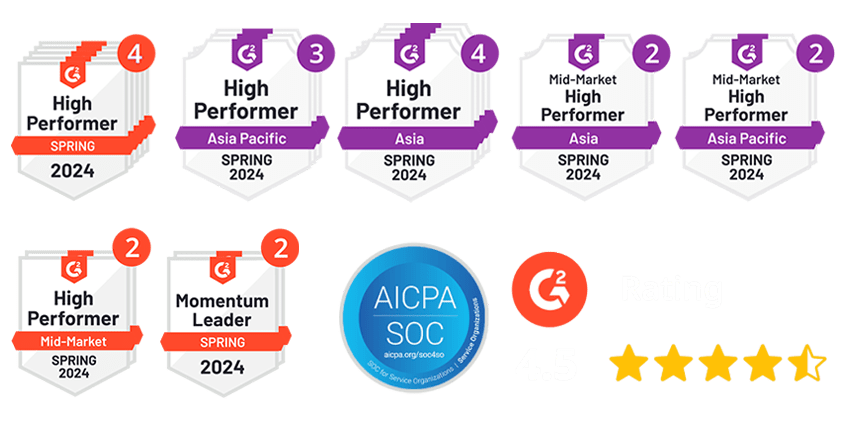In industries such as manufacturing, retail, construction, and F&B, it’s common for purchase orders (POs) and supplier invoices to have slight discrepancies in price or quantity. These variations can stem from factors like raw material price fluctuations or transportation costs, making it necessary for businesses to have a system that accommodates such changes. In this article we will discuss how tolerance thresholds for Smart PO Matching can reduce manual PO adjustments by 95%, saving finance teams 218 man-days.
The Challenge of PO and Invoice Mismatches
Imagine a construction company placing a PO for 500 tons of steel rebar at $700 per ton. By the time the supplier sends the invoice, the price has increased by 5% due to a surge in raw material costs, bringing it to $735 per ton. In many industries, accepting such variations is a standard practice.
However, most legacy systems and basic automation solutions are rigid. They flag any deviation as a mismatch, requiring manual intervention from accounts payable (AP) teams. This means that every minor difference in price or quantity triggers a tedious process:
- The AP team has to manually edit the PO details.
- The updated PO must be resubmitted for approval.
- The invoice processing gets delayed due to waiting for reapproval.
For organizations handling thousands of invoices, this results in substantial inefficiencies and unnecessary workloads for finance teams.
The Hidden Cost of Manual Adjustments
Without an automated tolerance threshold for PO-to-invoice matching, minor variations demand time-consuming manual interventions. For large enterprises processing 10,000 invoices a month, these inefficiencies add up quickly.
Consider the time spent per invoice:
- Editing the PO: 1 minute
- Resubmitting for approval and waiting for reapproval: 10 minutes
Total time spent per invoice: 11 minutes
Now, multiply this across 10,000 invoices: 10,000 invoices x 11 minutes = 1,834 hours
Equivalent to 229 man-days
This is a staggering burden on finance teams, slowing down operations and increasing costs unnecessarily.
How Smart PO Matching Solves the Problem
Smart PO Matching eliminates the need for manual PO adjustments by allowing companies to set tolerance thresholds. These thresholds define acceptable variations in price or quantity so that minor discrepancies no longer require manual intervention or reapproval.
With this intelligent automation:
- AP teams can predefine acceptable variations.
- Any invoice within the set thresholds gets automatically approved.
- Manual efforts are reduced by 95%, leading to faster invoice processing and significant time savings.
For companies processing 10,000 invoices monthly, Smart PO Matching delivers measurable efficiencies:
- Manual process: 229 man-days
- With Smart Matching: 95% reduction in effort
- Total time saved: 218 man-days
Final Thoughts
By implementing Smart PO Matching, finance teams can focus on higher-value tasks instead of spending countless hours on manual adjustments. This translates to not only improved efficiency but also significant cost savings.
So, finance leaders—how much time and effort could your team save by adopting Smart Matching?









![Why AI Sales Calls Are Making Good Sales Reps Even Better [2025 Guide] ai sales calls](https://cdn-kmjmp.nitrocdn.com/YvtqmrsiHUxqerlSiZgbfzqqTARWTElr/assets/images/optimized/rev-834053b/blog.peakflo.co/wp-content/uploads/2025/09/65168cf6-3001-4733-8cbc-12d5684cf449-218x150.webp)

































